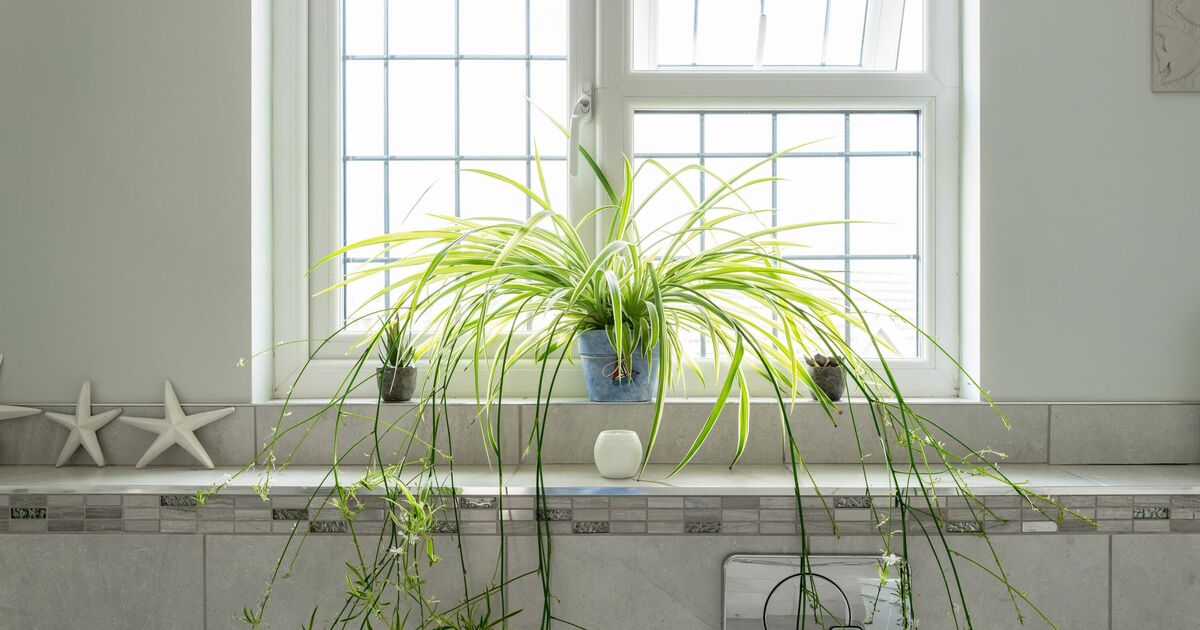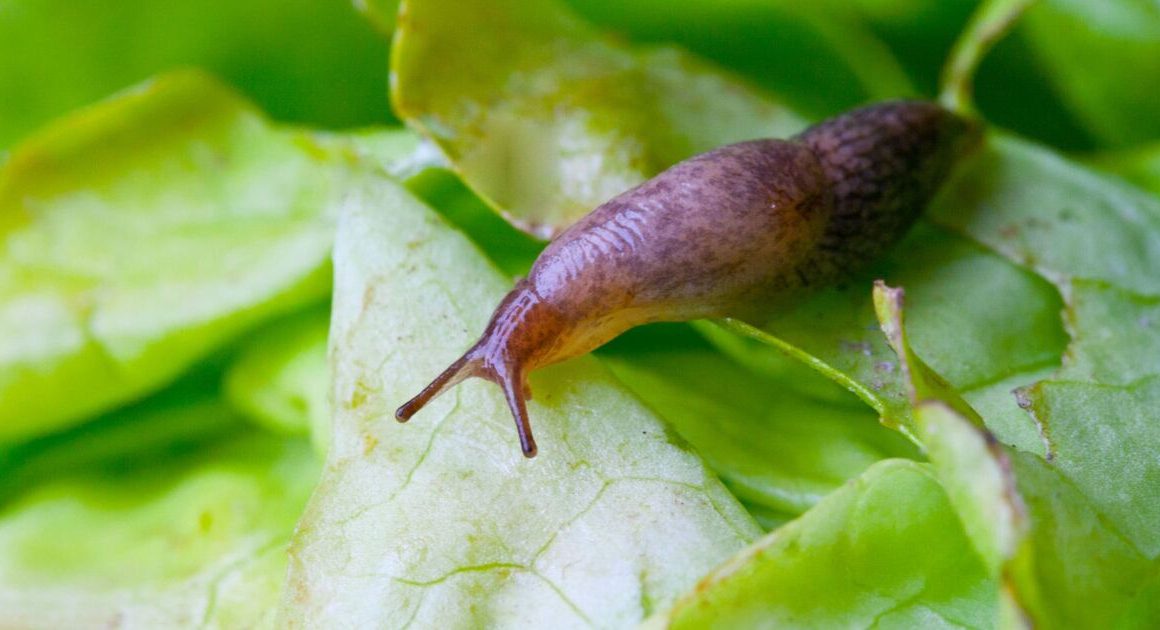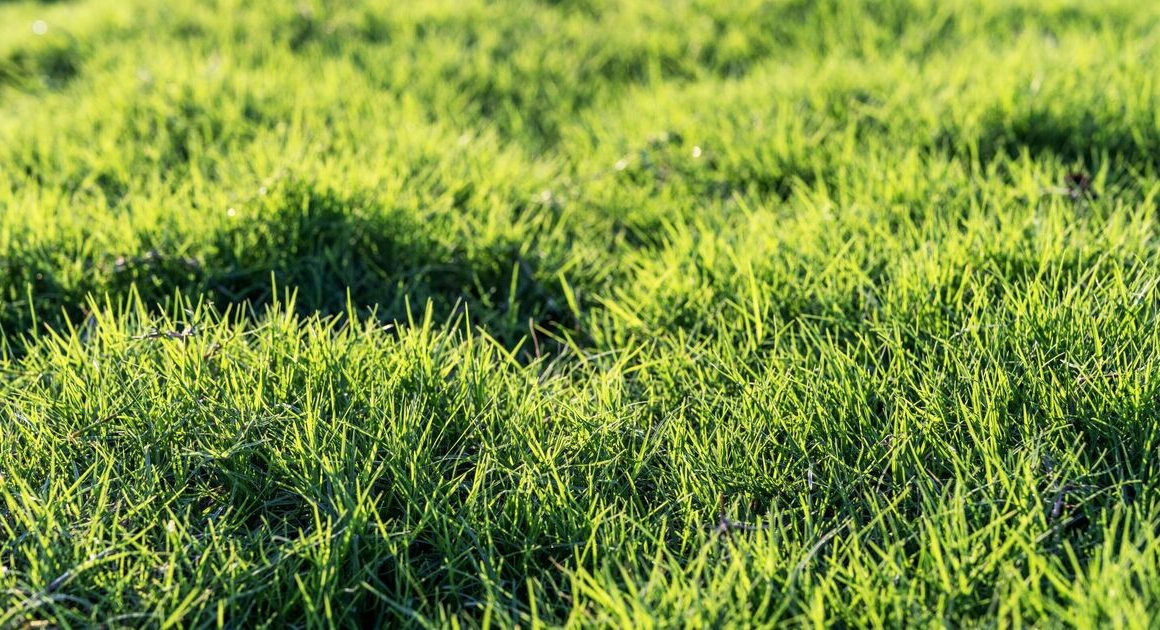As the autumn months tick on and winter creeps closer, the temperature has begun to drop and condensation is more than likely to start appearing on the windows again.
To help combat condensation, which could lead to mould, a plant expert shared which houseplants can actually prevent the problem from happening.
Condensation occurs when warm, moist air comes into contact with a cold surface – i.e. a window – causing the water in the air to release and form liquid droplets.
An excessive amount of condensation can lead to dampness, eventually leading to the development and growth of mould, which could be harmful for your health.
So if you want to know where to start, Christ Chris Bonnett from GardeningExpress.co.uk, shared a variety of plants which will work.
He said: “Condensation is a problem a lot of households will face during the winter. The good news is there are ways to control this and prevent condensation from forming in the first place.
“If your windows are particularly steamy, it means you need to bring down the moisture levels in your home and plants can help do this.
“Certain plants are a great natural solution to help balance humidity in the home and they look great too. Some houseplants like the peace lily will absorb moisture through its leaves which will then travel through to their roots. Not only will this help you balance the moisture levels in your home, but it will also leave you with some really beautiful houseplants to enjoy.”
1. Peace Lily
The peace lily thrives in high humidity, making it the perfect choice for areas prone to mould. Its leaves absorb moisture from the air and don’t need direct sunlight to thrive.
2. Snake Plant
The snake plant, also known as the mother-in-law’s tongue, is a hardy and adaptable plant that is mould-loving.
3. Orchids
Orchids help reduce humidity in the home. They get all their nutrients and moisture from the air around them.
4. Spider plant
This plant is great at removing harmful pollutants in the home. It’s easy to look after too and will need watering around once or twice a week.
5. Alove vera
Another plant not included in the list, but was recommended by James Roberts, Director of Sanctuary Bathrooms, is aloe vera. The succulent is a great option to place in your bathroom.
He told Country Living: “Aloe Vera has an affinity for high humidity and exceptional air-purifying abilities and serves as an effective natural solution for mitigating mould growth in bathrooms.”












